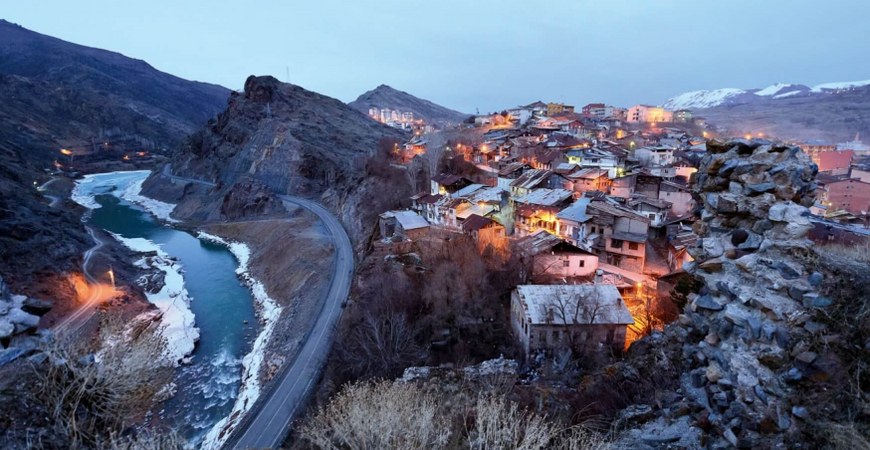The Museums of Erzurum,
Erzurum Museum was first housed in the Yakutiye, an old Seljuk building, in 1942. In 1947 it was moved to the Cifte Minareli Medrese (Two Minareted Medrese), and remained there until 1967 when it was moved to a new museum building, construction of which had begun in 1965. The museum was opened to the public in 1968. Erzurum.
Archaeological Museum:
Erzurum Archaeological Museum has two rooms. From the large hall at the entrance where the museum offices are situated, a door leads into the first room. You can join our Turkey tours if you want to join.
In the first room are exhibited the findings from recent excavations at the Barrows of Karaz, Guzelova, Pulur, lkiztepe, Patnos and Varto. These include ceramics, metal and bone objects, stone axes, cutting instruments made of obsidian, discs, money, ornaments, and mosaics, dating from the Prehistoric to Byzantine periods. In the corridor which leads to the second salon are archaeological finds made in the region and Urartu and Seljuk works.
The second room contains ethnographic works from the region of Erzurum, including women’s and men’s articles of clothing, metal ornaments, various weapons, powder flasks, cigarette holders and cases, tobacco pouches, copper dishes, healing cups, locks, drawers, and articles used by dervishes. There is a small room situated above the hall, where examples of writing and gilded books of artistic value are exhibited. This section also contains the museum’s research library. In the garden and the colonnades at the south of the museum building are stone inscriptions, pieces of statues, and building stones, etc.
Cifte Minareli Medrese Museum:
The Cifte Minareli Medrese, which was built towards the end of the eighteenth century during the Seljuk period, is of typical Seljuk style, with a courtyard and four exedras. In the courtyard of the Medrese are Seljuk and Ottoman gravestones and some building stones. The Medrese itself is of great architectural interest.



































































































































